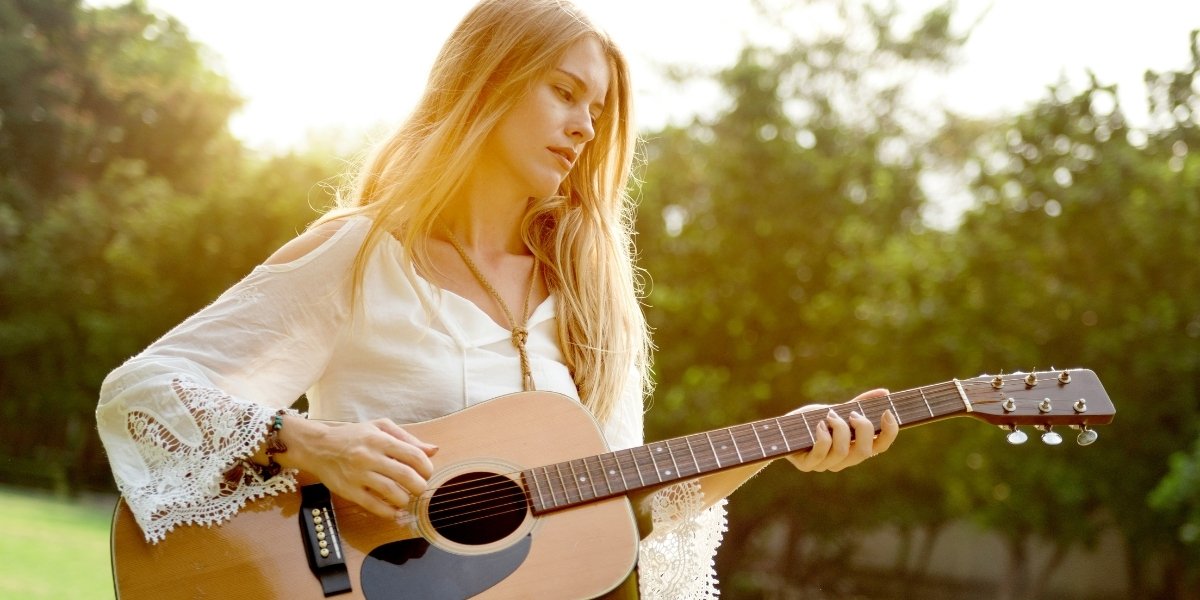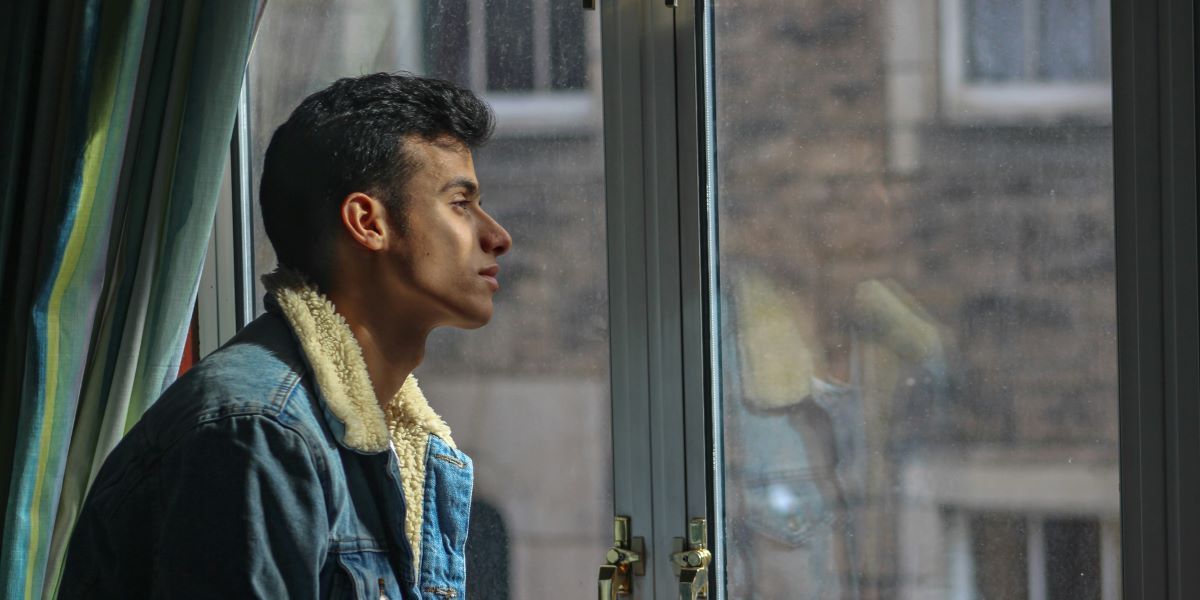In recent years, the internet and social media platforms have sparked a resurgence in the popularity of song covers. From amateur musicians posting videos on YouTube to established artists releasing cover albums, the phenomenon of covering popular songs has become a widespread trend. This article delves into the reasons behind the growing popularity of song covers and explores the impact of this trend on the music industry and artists worldwide.
The Appeal of Song Covers
One of the key drivers behind the enduring popularity of song covers is the emotional and cultural resonance of familiar melodies and lyrics. When artists choose to cover well-known tracks, they’re not just performing a song—they’re engaging with a shared musical memory that already holds meaning for listeners. This built-in recognition creates an instant connection, making it easier for audiences to engage with the performance. For emerging artists, this strategy can be especially powerful, as it allows them to gain visibility by aligning themselves with beloved songs while introducing their own style and voice. The familiarity acts as a gateway, drawing in listeners who might not otherwise discover their work.
Beyond audience appeal, song covers also serve as a creative canvas for reinterpretation. Artists often use covers to experiment with genre, arrangement, and emotional tone, breathing new life into a classic track. A soulful ballad might be transformed into an upbeat dance anthem, or a rock hit reimagined as an acoustic folk tune. These reinterpretations highlight the artist’s musical identity and offer fresh perspectives on songs that audiences thought they knew inside and out. In this way, covers become more than homage—they’re a form of artistic dialogue, bridging generations and styles while showcasing the versatility and innovation of the performer.
Accessibility and Technology
The digital age has revolutionized how music is created, shared, and discovered—especially when it comes to cover songs. Platforms like YouTube, SoundCloud, and TikTok have democratized access to global audiences, allowing artists of all levels to showcase their interpretations of popular tracks. A well-executed cover can go viral overnight, introducing new talent to millions and sparking fan engagement across borders. These platforms also encourage creative experimentation, with artists reimagining classics in fresh styles that resonate with niche communities or trending aesthetics. The interactive nature of these spaces—where fans can comment, share, and remix—further amplifies the reach and impact of a single cover performance.
At the same time, technological advancements have lowered the barrier to entry for music production. Affordable microphones, audio interfaces, and editing software empower artists to record studio-quality tracks from their bedrooms or home studios. This accessibility has led to a surge in independent musicians who can produce, mix, and distribute their own work without relying on traditional gatekeepers. For cover artists, this means they can focus on creative expression rather than logistical hurdles, experimenting with arrangements, harmonies, and production styles that reflect their unique voice. The combination of global reach and homegrown production has transformed the cover song into a powerful tool for artistic growth, audience building, and career development.
Connecting with Fans and Impact on the Music Industry

For established artists, recording and releasing cover songs can serve as a way to connect with fans on a deeper level. By covering songs that hold personal significance or paying tribute to musical influences, artists can foster a sense of nostalgia and emotional resonance with their audience. Moreover, sharing cover songs on social media platforms allows artists to engage with fans in real-time, encouraging interaction and dialogue.
The popularity of song covers has had a significant impact on the music industry, influencing trends in marketing, consumption, and revenue generation. While cover songs were once seen as a novelty or promotional tool, they are now recognized as a legitimate form of artistic expression and revenue stream for artists. Cover songs can generate revenue through various channels, including digital downloads, streaming royalties, and licensing for commercials, films, and television shows. Additionally, cover songs can attract new listeners to an artist’s original music, serving as a gateway to discovery and increasing overall exposure.
Diverse Interpretations and Cultural Influence
One of the fascinating aspects of song covers is the diversity of interpretations they can inspire. Artists from different genres, backgrounds, and cultures bring their unique perspectives and styles to familiar songs, creating new and compelling versions that resonate with audiences worldwide. Whether it’s a jazz rendition of a pop hit or a folk artist’s take on a classic rock anthem, cover songs reflect the rich tapestry of musical expression and cultural diversity.
Song covers can serve as a bridge between generations, introducing younger audiences to timeless classics and introducing older listeners to contemporary interpretations of familiar tunes. This cross-generational appeal contributes to the enduring popularity of cover songs and underscores their significance in the musical landscape.
Future Trends and Opportunities
As technology continues to evolve and digital platforms proliferate, the trend of covering popular songs is likely to continue to grow. Emerging artists will have more opportunities to showcase their talents and reach new audiences through platforms like social media, streaming services, and online music communities. Additionally, collaborations between artists from different genres and cultures will continue to enrich the musical landscape, fostering creativity and innovation in the realm of song covers.
As the music industry adapts to changing consumer preferences and consumption habits, cover songs will remain a valuable tool for artists to connect with fans, expand their reach, and generate revenue. Whether it’s through licensing deals, live performances, or digital sales, cover songs offer artists multiple avenues for monetizing their creativity and talent in the digital age.
Creativity, Connection, and Career Growth
The surge in song covers is a clear reflection of how the music industry has transformed in the digital era. With platforms like YouTube, TikTok, and Spotify offering instant access to global audiences, artists now have unprecedented freedom to reinterpret familiar tracks in ways that highlight their unique style and voice. Covers serve as both a creative outlet and a strategic tool—allowing musicians to engage with existing fanbases while carving out their own artistic identity. This blend of recognition and reinvention makes covers especially appealing, not just to listeners seeking fresh takes on beloved songs, but also to artists looking to build momentum in a crowded digital space.
As technology continues to evolve, the accessibility of music production and distribution will only fuel this trend further. High-quality recording equipment is more affordable than ever, and social media algorithms often reward content that taps into nostalgia or recognizable hooks—making covers a smart move for visibility and engagement. Beyond the numbers, though, covers foster a sense of community and musical dialogue. They allow artists to pay homage, challenge conventions, and connect across genres and generations. In this way, the rise of song covers isn’t just a passing fad—it’s a dynamic expression of how creativity, technology, and audience interaction are reshaping the future of music.








